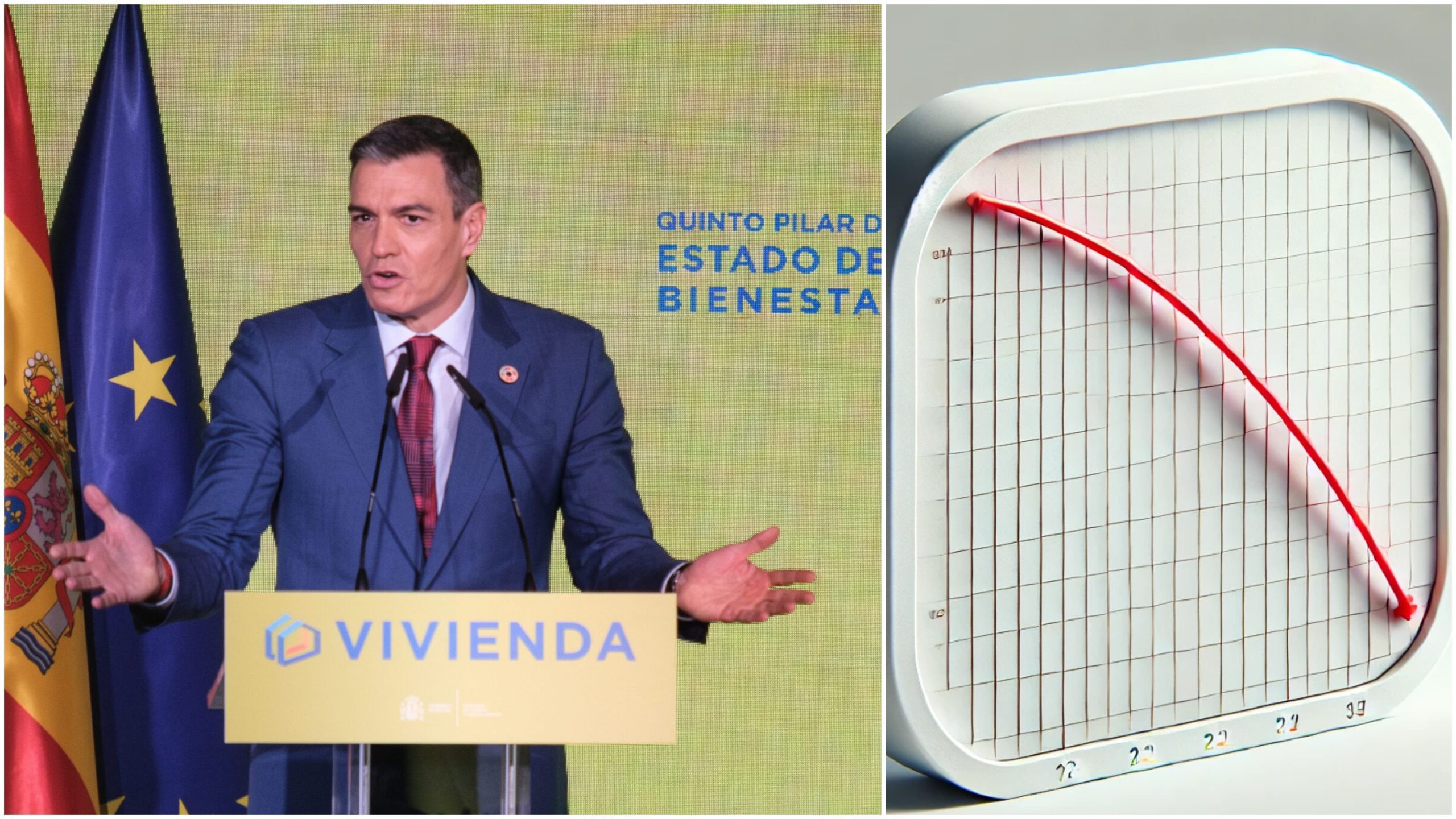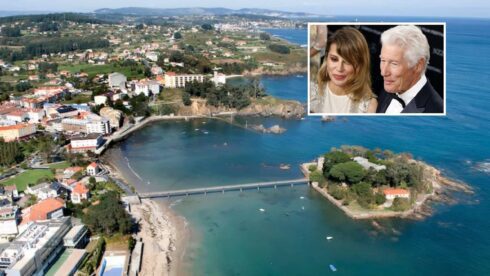SPAIN’S rental market has plunged deeper into crisis with long-term rental homes falling for the 14th consecutive quarter – while tourist apartments surge across major cities.
The latest data from property portal Idealista reveals permanent rental supply dropped another 3% in the fourth quarter of 2024 compared to the previous year, with twelve provincial capitals now recording their lowest availability since records began.
The crisis has hit particularly hard in tourist hotspots, with Barcelona seeing 43% of its rental properties now dedicated to holiday lets – the highest proportion in Spain.
San Sebastian follows at 36%, while Madrid has seen tourist rentals climb to 15% of its market.
READ MORE: PM Pedro Sanchez to raise tax on Airbnb tourist flats and non-EU residents buying property in Spain

Teruel suffered the steepest decline in permanent rental availability, plummeting 35% year-on-year, while Tarragona saw a 34% drop.
Major cities including Barcelona (-26%), Pamplona (-23%), and Vitoria (-23%) also recorded significant falls in rental housing available for regular people.
The numbers underline Spanish Prime Minister Pedro Sanchez’s recently-announced plans to raise the tax levy paid by non-EU residents who buy a second home by 100%.
“Our obligation is to prioritise homes for locals over tourist use,” he stated. “We will make a change so tourist apartments are taxed as a business so they will pay the same as hotels.
“We are also going to limit the purchase of homes by non-EU non-residents who buy about 27,000 houses annually, mainly for speculation.”
Idealista spokesperson Francisco Iñareta warned the situation has reached ‘absolute emergency’ levels, with even middle-class families – alongside vulnerable groups – now being priced out of the market.
“The constant reduction in available supply has led to rising prices and increased competition between families for the same home,” said Iñareta.
“The situation of exclusion from renting affects an increasing number of families.”
While some cities bucked the trend – with Cuenca seeing a 46% increase in permanent rental supply and Caceres up 39% – experts warn these improvements may be temporary.
The slight stabilisation seen in some areas has been dismissed as a ‘mirage’ by analysts, attributed to the return of some properties to the market following the 2019 extension of rental contracts from three to five years.
Tourist rentals now account for 14% of all rental properties advertised across Spain, having grown by 24% during the studied period.
The shift towards holiday lets continues to squeeze permanent rental availability in coastal areas and major cities, with Girona (26%), Badajoz (24%), and Tarragona (20%) all seeing significant tourist rental presence.
The study, conducted by Idealista’s data division, shows the supply remains just 5% above the absolute minimum recorded in June 2024, suggesting the crisis shows little sign of easing.










The old adage of ” you can’t have your cake and eat it” comes to mind. Fantastic economic growth in Spain in 2024, forecast to be even better this year, BUT it’s on the back of tourism! And now tourists are being picked out as being the culprits of a housing shortage! Let’s look at it logically.
Tourists should stay in hotels, so Sanchez should work with the hotel industry to ramp up the availability of rooms,by making it more attractive to use hotels. At the same time he should work with the industry to plan forb new hotels.
His announced measures are akin to a fly on an elephant, and will do nothing to alleviate the housing shortage. Shame he and his advisors apparently can not see that.